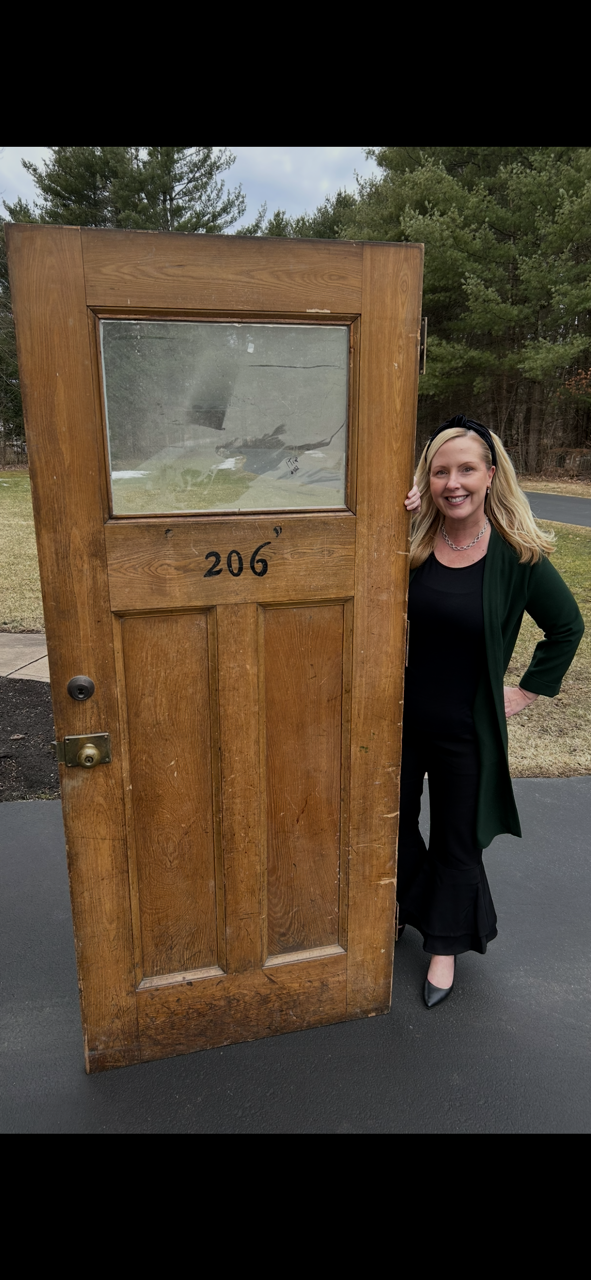Meet Our New Board Members
/On Thursday, September 25th at the Albany Armory, our membership voted in three new board members and another slate of officers to Historic Albany Foundation’s Board of Directors. We also bid a fond farewell to one board member, Tammy Gaynor. Tammy has served on the board for 9 years and been involved with many of our committees and signature events, as well as serving as the board Secretary. We thank Tammy for her committed service and dedication to Historic Albany Foundation and wish her well!
2025-2026 Officers
Matt Malette, President
Shawn Morris, 1st Vice President
Beth Mosall, 2nd Vice President
Robert Coughlin, Treasurer
April Fallon, Secretary
Board Members Nominated for a Third Three Year Term
James Gaughan
Christopher Hacker
David Hinchen
Shawn Morris
New Board Member Bios
Derek Baranski
Derek Baranski is a Slingerlands native who at a young age grew to love the city after visiting his mom at work downtown or spending time at the family restaurant, Pagliacci Ristorante on South Pearl Street. After studying at Arizona State University, he returned to Albany and has lived downtown since. His love for the city has driven much of his professional life; he currently is a Board Member with the Friends of Schuyler Mansion, the Vice Chair of the Albany Riverfront Collaborative Board of Directors, and has been a volunteer tour guide with Historic Albany Foundation since 2023. He previously worked as a staffer in the New York State Assembly, and is currently a Legislative Representative with the NYC Mayor’s office. In his free time, Derek enjoys reading, cycling, and spending time with family.
Amy Geduldig
Amy Geduldig brings more than 15 years of experience in strategic communications for public-serving and cultural institutions. A recent transplant to the Capital District from Queens, N.Y., she joined the University at Albany last year as Director of Public Information, representing the University to the press and public and highlighting initiatives that benefit the campus, the Capital Region, New York State, and beyond. Prior to her move north, she was Associate Director of Public Relations at The New York Public Library. From her office in the landmark building on 42nd Street, she promoted the Library’s collections, archives and programs to audiences across the city and managed communications around the renovations of several of New York City's historic Carnegie library branches. Previously, she also worked in the Media & Communications department at the ASPCA. Geduldig received a BA in English Literature from the University of Delaware, a Master’s in Library and Information Science from the University of South Carolina and holds a certificate in genealogical research from Boston University.
Niyati Shetty
Niyati Shetty is a Project Manager at Gallo Construction, where she oversees community- focused projects from concept through completion. With a strong background in architectural design and project management, she brings extensive experience in affordable housing, historic preservation, and state infrastructure initiatives. Niyati is passionate about using design and construction as tools for strengthening communities, believing that preservation and adaptive reuse can expand equitable access to housing and enrich the built environment. Originally from Mumbai, India, Niyati earned her Master of Architecture from Rensselaer Polytechnic Institute and has called the Capital Region home for over nine years. In addition to her professional work, she is actively engaged in advancing inclusive and sustainable design practices. Outside of work, Niyati enjoys baking and channeling her creativity through craft projects with her Cricut, often blending her love for design with hands-on making.














